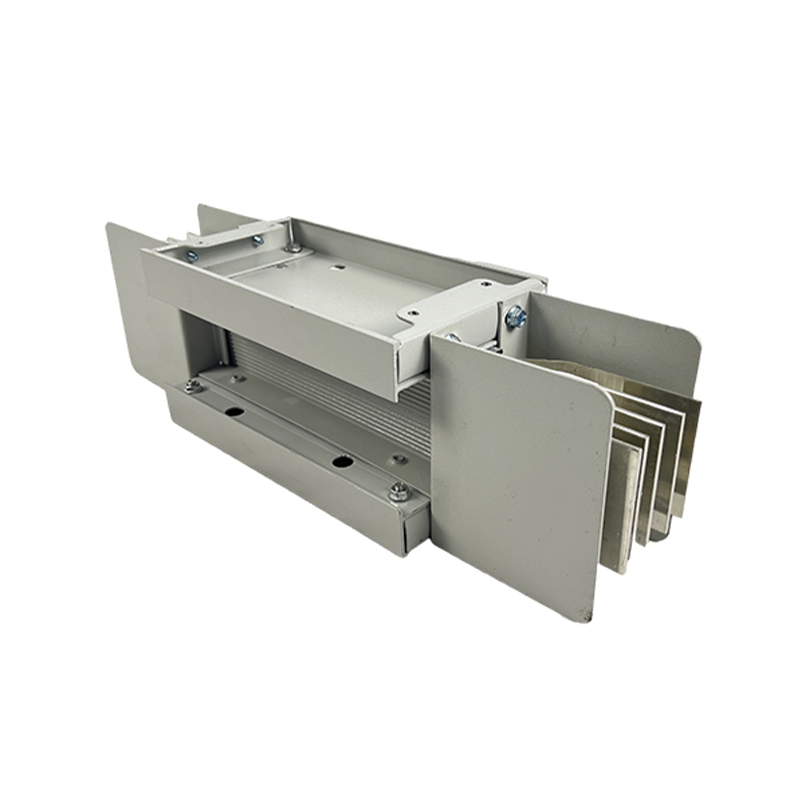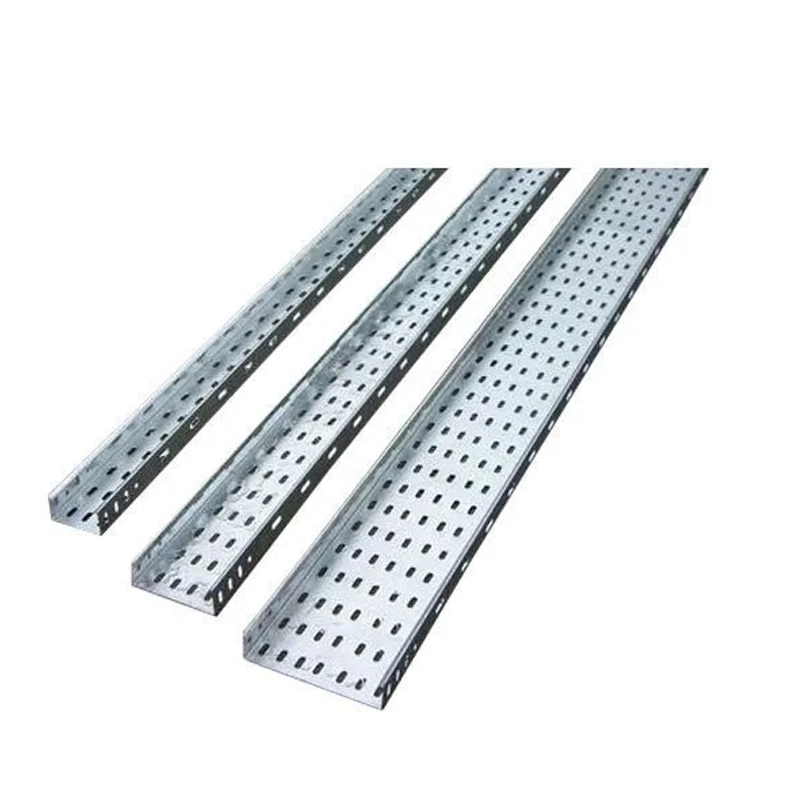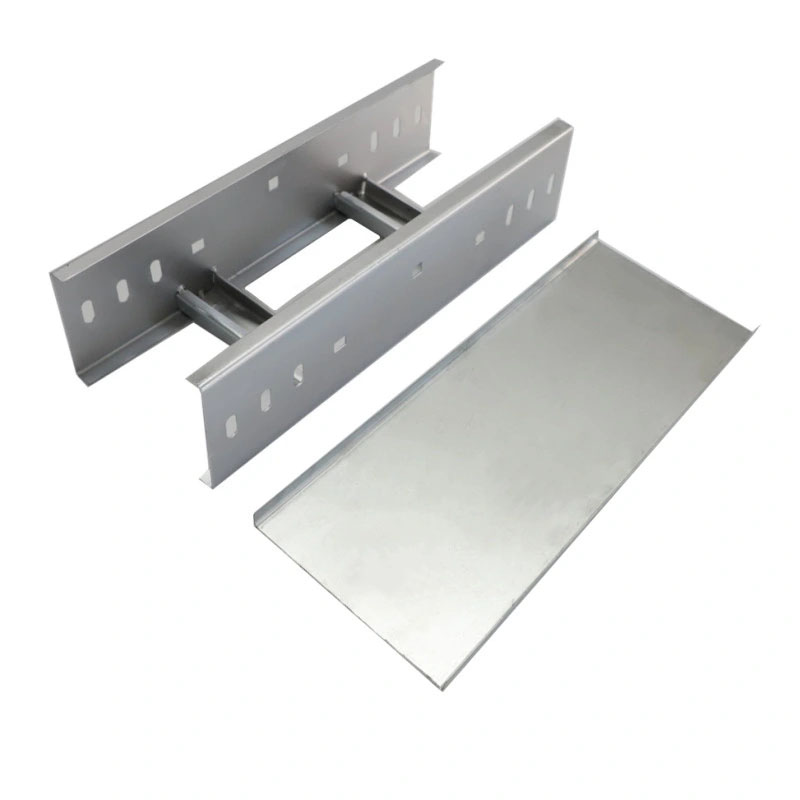How does the structural design of ladder type cable duct protect the cables?
Release Time : 2025-07-08
The structural design of ladder type cable duct has many considerations in protecting cables. Its overall shape first provides a relatively closed space for cables, which can effectively block the entry of dust and debris from the outside, and reduce the wear of these factors on the cable surface and the internal erosion. When the cable is placed in such a trough, it does not have to be directly exposed to a complex environment, which naturally reduces the possibility of failure caused by the attachment of external substances.
The trapezoidal structure of the trough itself also has certain mechanical advantages. The inclination angles on both sides enable the trough to better disperse the force when it is subjected to external pressure, avoiding the pressure from being concentrated in a certain place and squeezing the internal cable.
This design provides a layer of buffer for the cable when facing accidental collisions or heavy objects, reducing problems such as insulation damage or line breakage caused by excessive force, and providing basic protection for the physical safety of the cable.
The edges of ladder type cable duct are usually smoothed, and this detail design is equally important for the protection of the cable. When the cable is laid or pulled, it will not be scratched by sharp edges, avoiding the risk of short circuit that may occur after the insulation layer is scratched. This attention to detail reduces unnecessary damage to the cable during installation and maintenance, and prolongs its effective use time.
Its internal support structure also plays a key role. Reasonably distributed support points can separate multiple cables in an orderly manner to prevent cables from being entangled and squeezed. In this way, not only the friction loss between cables is reduced, but also the heat accumulation caused by the dense stacking of cables can be prevented, and the possibility of affecting the performance of cables due to excessive local temperature is reduced, so that each cable can work stably in a relatively independent space.
The closed nature of the ladder type cable duct can also resist external electromagnetic interference to a certain extent, creating a relatively stable electromagnetic environment for the cable. When there are electromagnetic fields generated by other electrical equipment around, the structure of the trough can weaken the impact of these interference signals on cable transmission, ensure that the signals transmitted by the cable remain stable, and reduce signal attenuation or distortion caused by interference.
In terms of coping with environmental changes, the design of the ladder structure also has its advantages. For example, in a humid environment, the inclination angle of the trough helps to drain water and prevent water from staying in the trough for a long time and causing damage to the insulation layer of the cable; in the case of large temperature changes, the structure of the trough can also provide a certain amount of expansion and contraction space for the cable, reducing the impact of stress caused by thermal expansion and contraction on the cable interface.
In addition, the overall frame of the ladder type cable duct is relatively strong, which can provide reliable fixation for the cable and prevent the cable from shifting in a vibrating or shaking environment. Whether installed in a factory, building or outdoor scene, this fixing effect can keep the cable in a stable position, avoid loose joints or line fatigue caused by frequent movement, and ensure the safe operation of the cable system as a whole.







